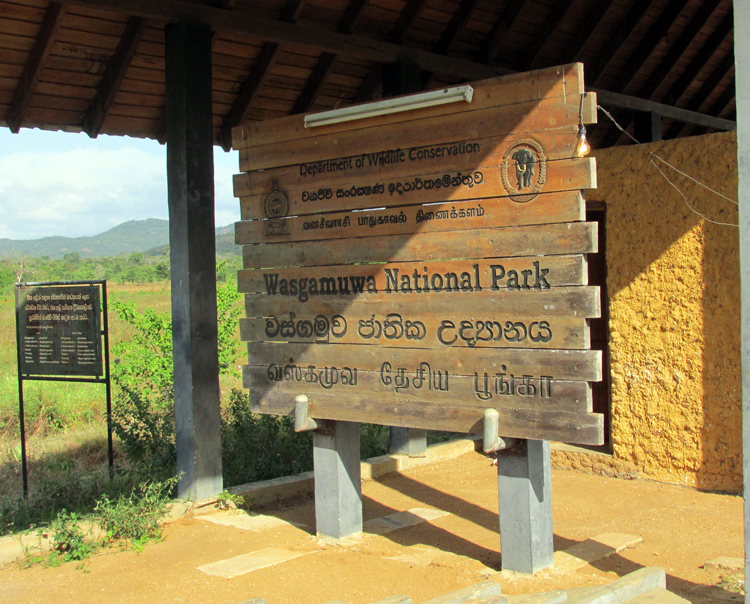While volunteering on the Greenheart Travel’s Elephant Conservation program near Wasgamuwa National Park, I have greatly expanded my knowledge of one of Sri Lanka’s greatest ongoing problems. HEC, commonly known as Human Elephant Conflict, has been a sprouting issue between humans and wildlife for several centuries, but even more so within the last few decades.
In order to better understand HEC, here are 7 things you need to know:*
- The Sri Lanka Wildlife Conservation Society is a fully registered, voluntary social service and non-profit organization combined with the ministry of social services of Sri Lanka. It was founded in 1995, and is the first organization in the world to have made documented research on methods of human-elephant resolutions. They invented a method of using solar-powered electric fences to surround rural villages in order to protect villagers from elephants stampeding their homes and crops. Their philosophy is to help elephants by helping people, as elephants and humans have had a long history through Sri Lanka and Asia in regards to Hinduism and Buddhism.

- Elephants are attracted to the smell of rice plants and produce, along with other fruits and vegetables. However, they do not like chile peppers or citrus crops. Often times, farmers are encouraged to try and grow these new crops as a backup strategy for income in case their rice gets destroyed. This has proven difficult though, and many families like to stick to traditions passed down for many generations.
- Crop destruction is a life threatening issue in Sri Lanka. Elephants will go to great lengths to find food and most attacks on properties and crops happen in the late hours of the night, and can happen quickly. When homes and a years’ worth of hard work in the field are taken within the span of minutes, rates of suicide have been known to increase in the country. Damage to homes and crops has led to increased poverty as well.
- In attempt to scare off unwanted elephants, many farmers use firecrackers, flashlights, any loud noises, and guns. The use of firearms on elephants is decreasing wild elephant populations at an exceedingly high rate. There used to be about 20,000 elephants in the hill country area of Sri Lanka, and now records show that there are only about 5,000 left.
- A goal of the Sri Lanka Wildlife Conservation Society is to implement educational programs in nearby communities to teach kids and adolescents about elephant appreciation, new agricultural techniques that prevent elephant interference, and humanities historical connection with elephants. This way, elephants are looked at with respect and loyalty, and not just as a pest. These educational programs are implemented in hopes to further reduce HEC in future generations.
- There is also a side project that SLWCS is working on called ‘Project Orange Elephant.’ In this project, captive elephants are used to determine what they like to eat and not eat. This is how their eating preferences were established and discovered.
- HEC has grown exponentially in the past few decades due to the government’s plan to boost the Sri Lankan economy through agricultural practices in the dry lands (center area of the island), and establishing advanced irrigation systems.
On average, HEC kills about 225 elephants and between 60-80 people annually. Additionally, from the years 2004-2007, a total of 3,103 homes were damaged from elephant interference. Though these statistics are tragic, it is the cause and effect of this issue that seems to be the most importance and each volunteer is helping to make a positive difference for both the local communities and elephants in the region.
*Information and statistics in this post were taken from the Sri Lanka Wildlife Conservation Society Volunteer arrival orientation.
Leave a Reply